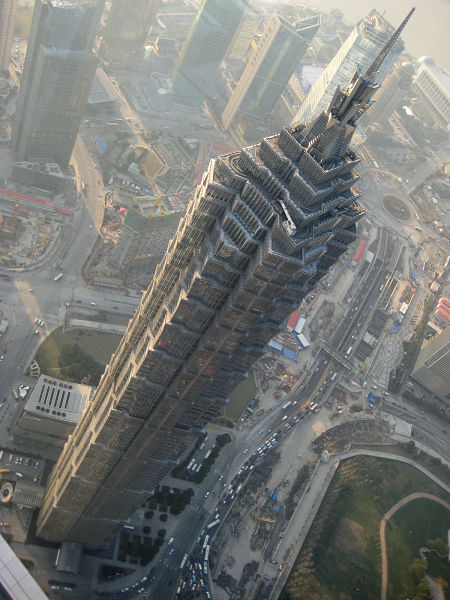Postmodern Architecture – Definition, Objectives and Features
Contents
What is Postmodern Architecture?
During the 1970’s an artistic movement called postmodernism appeared, which had several disciplines among them the most outstanding was postmodern architecture. When we talk about the types of art that existed and emerged throughout the history of art we have to highlight some that were very important such as modern art, gothic art, postmodern art, among others. Therefore, as these kinds of art also highlighted their disciplines such as architecture or painting.
What is Postmodern Architecture?
Postmodern architecture is known as an architectural movement that originated in the year 1950, however, this movement began to be known and highlighted in the year 1970 and shows many of its influences today in various artistic styles. It can be said that postmodernism emerged as the return of “the reference, ornament and ingenuity of architecture” and was used as opposed to the formalism that emerged with the modern movement.
Similar to many artistic and cultural currents, many of the ideas of postmodern art could be observed in architecture since it was the discipline where these ideas were most visible. There are some main characteristics that differentiate postmodern architecture from other architectural styles, such as formalized and functional spaces and forms that are replaced by various aesthetic elements.

Main characteristics of Postmodern Architecture
One of the main objectives of this architectural style was to seek diverse solutions to the problems posed by the Modernist current, both the significance of the communication of ambiguity and the sensitivity of the contexts in construction. Both things are linked in a surprising way since they do not belong to the same stage but nevertheless, they collaborated with each other. Such objectives leave behind the space they have in the varied implementations that used to be illustrated in the different buildings constructed by the postmodern movement.
When talking about the main characteristics of postmodern architecture we have to highlight the freedom of expression that artists had to represent their artistic works (in this case buildings). In addition there are several other characteristics such as the use of ornaments, sculptural forms, materials or anthropomorphism. These characteristics that the meaning had were double compilation, irony, pluralism, flying buttresses, paradox, very high ceilings and contextualism. These characteristics were gradually unified over the years and different and varied appearances could be observed in later years. It is also worth mentioning another of its main characteristics, which are its extravagant forms and the humor that was transmitted to the constructions.
Roots of this Architecture
It could be said that when we talk about postmodern architecture we also refer to postmodern art (since both are linked), which is why when we talk about the origin and roots of postmodern architecture we also refer to the roots and origin of postmodern art.
In short, we could say that the postmodernist current originated in the United States between 1960 and 1970 (the exact date is not known), gradually over the years this artistic movement was moving through Europe and the rest of the continents and it could be said that today is one of the only movements that is currently active. The architecture of this movement emerged as the opposite of modern architecture and that is why while in modern architecture many people of that time considered the constructions of this style of art as unnecessary since it was thought that the constructions made could not satisfy the needs of human beings both from the point of view and aesthetically. On the contrary, in post-modern architecture they tried to find and introduce different colors and ways to decorate the buildings.
